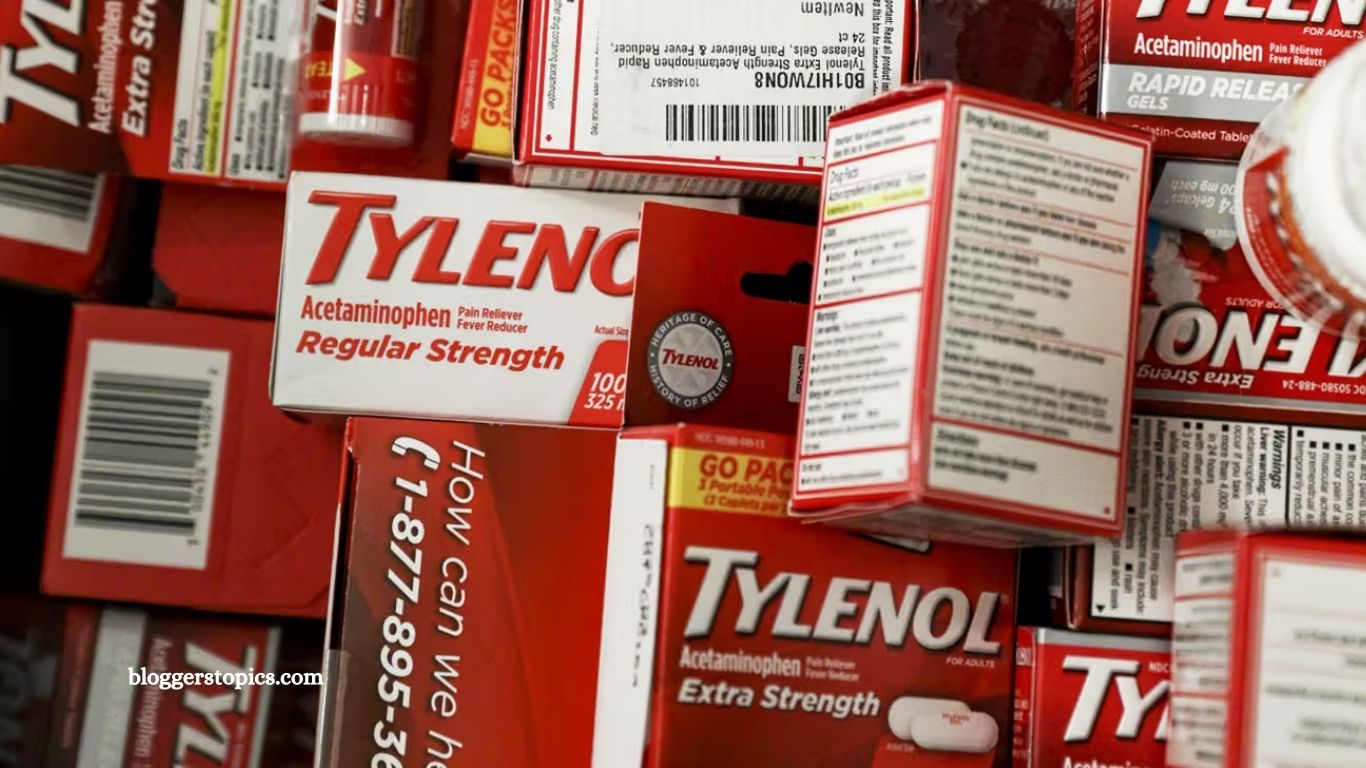Everyone’s skin is unique, and what works for one person may not always work for another. When it comes to acne-prone skin, the right routine often depends on factors such as skin type, lifestyle, and even the kind of acne you’re dealing with—whether it’s occasional breakouts or more persistent blemishes.
Identifying your skin’s specific needs is the first step toward creating a care plan that actually delivers results. By understanding what triggers your breakouts and choosing the right products, you can build a routine that helps reduce irritation, balance oil levels, and support overall skin health. With the right approach, managing acne becomes less overwhelming and more about consistency, patience, and tailored care.
Read More: Donald Trump Can Now Edit Truth Social Posts: Risks and Reactions
Noninflammatory vs. Inflammatory Acne
Acne is generally divided into two main categories: noninflammatory and inflammatory. Understanding the difference can help you identify what you’re experiencing and choose the most effective treatment.
Noninflammatory Acne
This type includes blackheads and whiteheads. Blackheads are open pores filled with excess oil and dead skin cells, giving them a dark or black appearance. Whiteheads, on the other hand, are closed pores that appear as small, skin-colored or slightly white bumps. Both are usually less painful but can still be frustrating.
Inflammatory Acne
Inflammatory acne is typically more noticeable and can be painful. It includes papules, pustules, nodules, and cysts. Papules are small, red, tender bumps that may develop into pustules—bumps filled with pus. Nodules and cysts are deeper, more severe forms that often require medical treatment.
Determining Your Skin Type
According to Dr. Yoram Harth, board-certified dermatologist and medical director of MDacne, there’s a simple method to figure out your skin type at home:
- Wash your face with a gentle cleanser, such as a mild “baby” soap.
- Pat your skin dry with a clean towel.
- Avoid applying any products.
- After about two hours, observe how your skin looks and feels.
Your results will likely fall into one of these categories:
- Oily: Noticeable shine across most of the face.
- Dry: Flaky, rough, or sometimes red patches.
- Combination: Dry on the cheeks but shiny in the T-zone (forehead, nose, chin).
- Normal: Balanced with a natural, healthy glow.
It’s also worth noting that acne-prone skin doesn’t always mean oily or dry—any skin type can experience breakouts. As dermatologist Dr. Viseslav Tonkovic-Capin explains, “The vast majority of people have had acne at least once in their lifetimes.”
Prevention Tips for Acne-Prone Skin
While acne can’t always be completely avoided, there are steps you can take to reduce flare-ups and keep your skin healthier.
Wash twice daily and after sweating
Cleanse your face in the morning and before bed. Overwashing can irritate the skin, so avoid cleansing more than twice a day unless you’re sweaty.
Be gentle no harsh scrubbing
“Acne is not a dirt problem,” says dermatologist Dr. Brooke Bair. Scrubbing or using rough exfoliants only worsens redness and irritation.
Hands off no picking or popping
Popping pimples can spread bacteria, worsen inflammation, and cause scarring. For safe removal, consult a dermatologist for professional extraction.
Wash items that touch your skin
Makeup brushes, pillowcases, and phones collect bacteria and oil. Clean them regularly, and avoid sharing brushes or tools.
Choose noncomedogenic products
Look for labels like oil-free, noncomedogenic, or won’t clog pores. Check ingredient lists to avoid alcohol, fragrance, or other irritants.
Reevaluate your hair care routine
Hair products can leave residue on the skin and contribute to breakouts. Switch formulas if needed and keep hair away from your face, especially while sleeping.
Stay hydrated
Although research is limited, drinking water supports overall health and may help balance oil production. The “8×8 rule” (eight 8-ounce glasses daily) is a good guideline.
Be cautious with diet and supplements
Some studies link high-carb and high-dairy diets to acne, but evidence is not conclusive. Don’t cut food groups without medical advice, and be skeptical of supplement claims that promise clear skin.
Acne Skin Care Routine
Using the wrong products for your skin type or concerns can sometimes make acne worse. The good news is that many effective options are available at drugstores, while stronger treatments may require a dermatologist’s prescription. Here’s a guide to what to look for and how to build a routine.
Key Ingredients to Look For
- Salicylic acid: Helps unclog pores and is especially effective for papules and pustules.
- Benzoyl peroxide: Kills acne-causing bacteria and works for most types of acne.
- Retinoids: Target inflammatory acne and help prevent future breakouts. Stronger versions may require a prescription.
Morning Routine
- Cleanser – A gentle wash to remove oil buildup overnight.
- Toner – Controls excess oil and helps tighten pores.
- Moisturizer – Hydrates the skin, even if it’s oily. Choose oil-free, noncomedogenic formulas.
- Sunscreen – Essential, especially since acne treatments can increase sun sensitivity. Use SPF 30+ broad-spectrum.
- Makeup (optional) – If desired, choose noncomedogenic products to avoid clogging pores.
Evening Routine
- Makeup remover – Removes makeup without stripping the skin. Micellar water or gentle balms work well.
- Cleanser – Wash away dirt, sweat, and oil accumulated throughout the day.
- Spot treatment – Apply directly to problem areas to treat active breakouts and reduce future scarring.
Tip: Consistency is key. Stick to your routine for several weeks to see improvement, and avoid adding too many new products at once.
When to See a Dermatologist About Your Acne
Mild acne often responds well to over-the-counter products. However, if your skin doesn’t improve after consistent use, it may be time to consult a dermatologist.
You should also seek professional care if you have:
- Moderate to severe acne, such as cystic acne.
- Persistent breakouts that don’t respond to at-home treatments.
- Acne that causes scarring or dark spots.
A dermatologist can prescribe stronger medications and create a tailored treatment plan.
At your first appointment, you’ll likely discuss your medical history, current skincare routine, and any previous treatments. Be prepared for follow-up visits, since your dermatologist will want to track your progress and adjust your regimen as needed.
Frequently Asked Questions
Can acne be completely cured?
There isn’t a permanent cure, but acne can be effectively managed with the right skincare, medications, and lifestyle adjustments.
How long does it take for acne treatments to work?
Most treatments take at least 6–8 weeks to show noticeable improvement. Patience and consistency are key.
Do greasy foods cause acne?
While greasy foods don’t directly cause acne, diets high in refined carbs and dairy may contribute in some people.
Can stress make acne worse?
Yes. Stress can trigger hormonal changes that increase oil production, leading to more breakouts.
Should I stop wearing makeup if I have acne?
Not necessarily. Choose oil-free, noncomedogenic products and remove makeup thoroughly before bed.
Is it safe to use multiple acne products at once?
Be cautious. Combining too many active ingredients (like salicylic acid, benzoyl peroxide, and retinoids) may cause irritation. Introduce one product at a time.
Conclusion
Acne is one of the most common skin concerns, and while it can be frustrating, it’s also highly manageable. By understanding your skin type, recognizing the kind of acne you’re dealing with, and following a routine tailored to your needs, you can significantly improve your skin’s health and appearance. Prevention plays a big role, but so does patience results often take time. If over-the-counter products aren’t enough, a dermatologist can provide targeted treatments to help you achieve clearer skin.







